The quality of the water you consume or use in a municipal or industrial process must meet specific parameters. Local governments will set legal limits on the many different contaminants that can be found in water. These limits are necessary to ensure that drinking water is free of contaminants that could cause health problems or the development of waterborne diseases.
For industrial facilities, a variety of basic processes apply through water treatment to ensure that its quality is at an acceptable level. There are 3 categories of water quality parameters that help measure the quality of water, including physical parameters, chemical parameters and biological parameters. Physical parameters include color, taste, odor, temperature, turbidity, solids, conductivity and salinity.
Chemical parameters include pH, orp, acidity, alkalinity, chlorine, hardness, dissolved oxygen and biological oxygen demand. Biological parameters include nutrients, bacteria, algae and viruses. Water quality parameters are important because different application scenarios will generally have different requirements.
Physical water quality parameters
Electrical conductivity
Conductivity is one of the core physical parameters that measures the degree to which a sample of water or similar solution can carry or conduct an electric current. As the amount of ions in the water increases, the level of conductivity will increase. Conductivity varies depending on the source of water: groundwater, water discharged from agricultural fields, municipal wastewater, and rainfall. Therefore, conductivity can indicate groundwater seepage or sewage leakage.
This is one of the main parameters when measuring water quality because of how easy it is to detect levels of water contamination when measuring the conductivity of water. A high conductivity means that the water contains a lot of contaminants. On the other hand, drinking water and ultrapure water cannot actually conduct electrical currents. The main units of measurement for conductivity are micro-ohm/cm and milliSiemens/m, the latter abbreviated as mS/m. Can be measured with a conductivity meter.
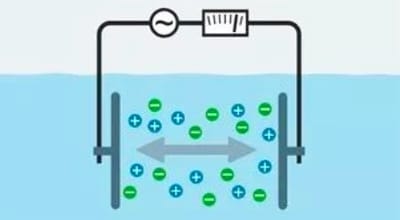
Salinity
Salinity is a measure of the salt content of water. Because dissolved ions increase both salinity and conductivity, these two measurements are related. The salt in seawater is mainly sodium chloride (NaCl). Some lakes can also have high salinity due to a combination of dissolved ions such as sodium, chloride, carbonate and sulfate.
Salts and other substances can affect the quality of water used for irrigation or drinking. Can be measured with salinity sensors. They also have important effects on aquatic biota, each of which has its own typical range of salinity that can be tolerated. In addition, the ionic composition of the water may be critical. For example, dendrobatids (red worms) are much more sensitive to potassium chloride than sodium chloride at the same concentration.

Solids
When solids are introduced into water, they can be in suspension or in solution. If you pass a water sample through a glass fiber filter, the suspended solids will remain at the top of that filter. On the other hand, any dissolved solids will pass through and remain in the water. When measuring the amount of solids in the water, you usually measure the total dissolved solids. You can determine how much organic material is present in the water by measuring the total dissolved solids. The three different water classifications of total dissolved solids include.
- Freshwater – less than 1,500 mg/L TDS
- Brackish water – 1,500 – 5,000 mg/L TDS
- Brine – over 5,000 mg/L TDS
Turbidity
Turbidity is the degree of cloudiness of water. When you use a turbidity meter or sensor, these devices are designed to measure the ability of light to have to pass through the water. High levels of turbidity may occur due to higher concentrations of silt, clay and organic matter. The main problem with turbidity in water is that the water looks bad. No one wants to drink cloudy water. Several other problems caused by high turbidity include
- Water treatment costs can be higher
- High levels of particulate matter can act as a barrier to harmful microorganisms, which makes it more difficult to remove these contaminants – Suspended material can damage fish gills, reduce growth rates, and lower resistance to disease
- Various suspended particles can act as adsorption media for mercury, cadmium, lead and other heavy metals
- Dissolved oxygen concentration may be reduced
Turbidity begins to appear in the water when the sensor gives you a reading of more than 5 NTU. As for turbid water, it can have turbidity readings in excess of 100 NTU.
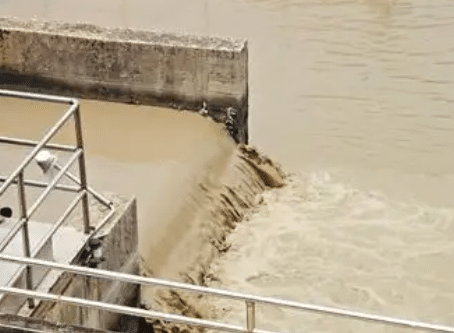
Temperature
Temperature is a measure of the average energy (kinetic energy) of water molecules. It is measured on a linear scale of degrees Celsius or Fahrenheit. It is one of the most important water quality parameters. Some aspects of water quality that are affected by water temperature include odor, chemical reactions, dissolved oxygen levels, palatability and viscosity. Thus, biological oxygen demand, sedimentation and chlorination all depend on the temperature of the water.
Color
Decaying organic matter may change the color of the water, which includes mainly vegetation. Inorganic materials such as rocks, soil and stones can also affect the color of water. Although these changes to the color of the water may create aesthetic problems for the water, they do not change the taste of the water. You can effectively measure color by comparing a water sample to a colored glass dish or a standard color solution.
When you are trying to identify the color of water, it is important to understand the difference between the apparent color of the water and the true color. Apparent color consists of suspended material and dissolved pure color. The true color of water can only be identified after all suspended matter in the water has been filtered out. Remember that color can be graded in a range of 0-70 color units. Pure water does not contain color units, as it is essentially colorless.
Taste and odor
The taste of water may change and produce an odor as a result of foreign substances being introduced into the water. Such substances can include organic materials, dissolved gases and inorganic compounds. Most of such substances come from agricultural, natural and domestic sources.
Water chemistry parameters
pH
When measuring the quality of water, pH is one of the first measurements you should take. Use a simple pH sensor or test kit to measure the pH of your water and it will tell you how acidic or basic the water is. Acidic water is always made up of more hydrogen ions. Alkaline water, on the other hand, contains more hydroxide ions.
pH values can range from 0-14. If you get a reading of 7.0, this means that the water is neutral. Any reading below 7.0 is acidic, and any reading above 7.0 is alkaline. Pure water has a neutral pH. However, rainfall is more acidic and usually has a pH of 5.6. Water is considered safe to drink if it has a pH of 6.5 to 8.5. The effects of changing pH on plants and animals include.
- Most aquatic plants and animals are able to live in water with a specific pH, which means that slight changes may reduce the quality of life – Fish can be irritated by slightly acidic water. Slightly acidic water can irritate fish gills, damage membranes and reduce the number of eggs that hatch
- Water with very high or very low pH is lethal to both aquatic plants and animals – low pH can kill amphibians because their skin is sensitive to pollutants
Acidity
This is a measure of how much acid is present in a given solution. The acidity of water is the quantitative ability to neutralize a base at a given pH. Acidity is usually caused by the presence of inorganic acids, hydrolytic salts and carbon dioxide. When acids are introduced into water, they affect many different processes, ranging from biological activity and chemical reactions to corrosion. The acidity of water is measured using pH sensors.
Alkalinity
Alkalinity indicates the ability of water to neutralize acids. Probably the most common reason for measuring the alkalinity of a water sample is to determine how much soda and lime must be added to the water in order to soften it. The water softening process is particularly beneficial in reducing boiler corrosion.
If the water is alkaline, this means it has a pH of at least above 7.0. The presence of bicarbonate ions, carbonate ions and hydroxide ions will increase the alkalinity of the water. If you find that your water sample has high alkalinity or acidity, this indicates that the water is contaminated to some degree.
Hardness
Hardness occurs when water has a high mineral content. If left untreated, dissolved minerals in the water may form scale on the hot water pipes. If you bathe in water with high mineral content, you may find it difficult to create lather with the soap you use. The hardness of water is mainly caused by the presence of magnesium and calcium ions, which can enter the water from rocks and soil. In most cases, groundwater has a higher hardness than surface water. You can measure the hardness of water using a colorimeter or test strips.
Chlorine
Although chlorine does not occur naturally in water, it is often added to wastewater for disinfection. Although alkaline chlorine is a toxic gas, its aqueous solution is completely harmless to humans. If small amounts of chlorine are found in the water, it is an indication that the water is clean and essentially free of contaminants. You can use a residual chlorine analyzer to measure residual chlorine.
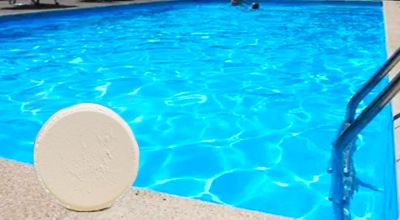
Dissolved oxygen
This is a key water quality parameter that can help you determine the level of pollution in rivers, lakes and streams. When the concentration of dissolved oxygen in the water is high, you can be sure that the water quality is high. Dissolved oxygen is produced due to the solubility of oxygen. The amount of DO you can find in your water depends on many factors, not the least of which are the salinity of the water, the pressure and the temperature. Dissolved oxygen levels can be measured using a dissolved oxygen meter.
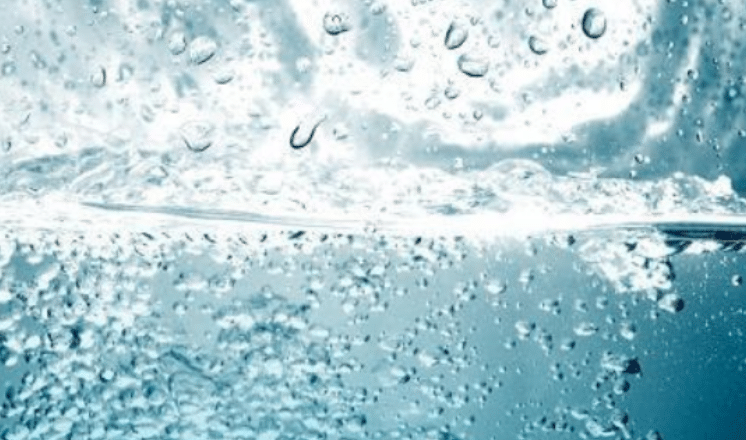
Biological oxygen demand
Microorganisms like bacteria use organic matter as a food source. When this material is metabolized, oxygen is consumed. If this process occurs in water, the dissolved oxygen in the water sample will be consumed. If a large amount of organic matter is present in the water, a large amount of dissolved oxygen will be consumed to ensure that the organic matter decomposes. However, this can create problems because aquatic plants and animals need dissolved oxygen to survive. You can measure the biological oxygen demand using the dilution method. If the BOD level is high, the water is contaminated.
Biological parameters of water
Bacteria
Bacteria are single-celled plants that can ingest food and multiply rapidly if the pH of the water, food supply and temperature are ideal. Because bacteria can grow quickly, it is almost impossible to count the number of bacteria in a water sample. In most cases, bacteria will multiply at a slower rate in colder water. High levels of bacteria in water can lead to many harmful waterborne diseases, including cholera, tularemia and typhoid.
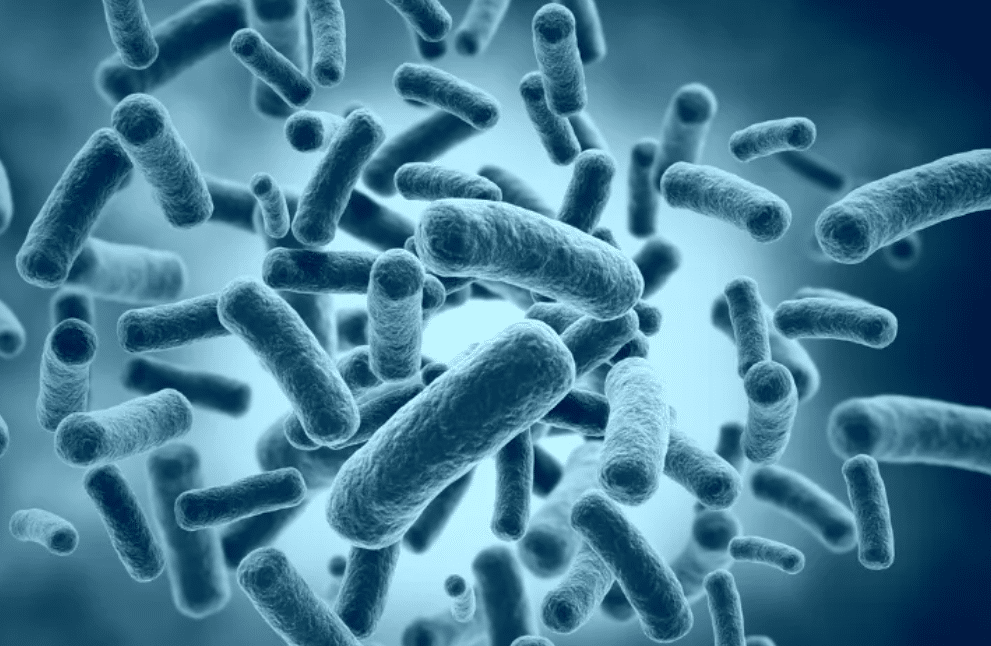
Algae
Algae are tiny, microscopic plants composed of photosynthetic pigments. These plants are able to sustain life by efficiently converting inorganic material into organic material, which is done using energy from the sun. In this process, algae consume carbon dioxide and release oxygen.
Algae are also essential in the treatment of wastewater using stabilization ponds. Major problems caused by algae include strange odors and poor taste problems. Keep in mind that certain species of algae can pose a serious public health risk. For example, blue-green algae have the potential to kill cattle.
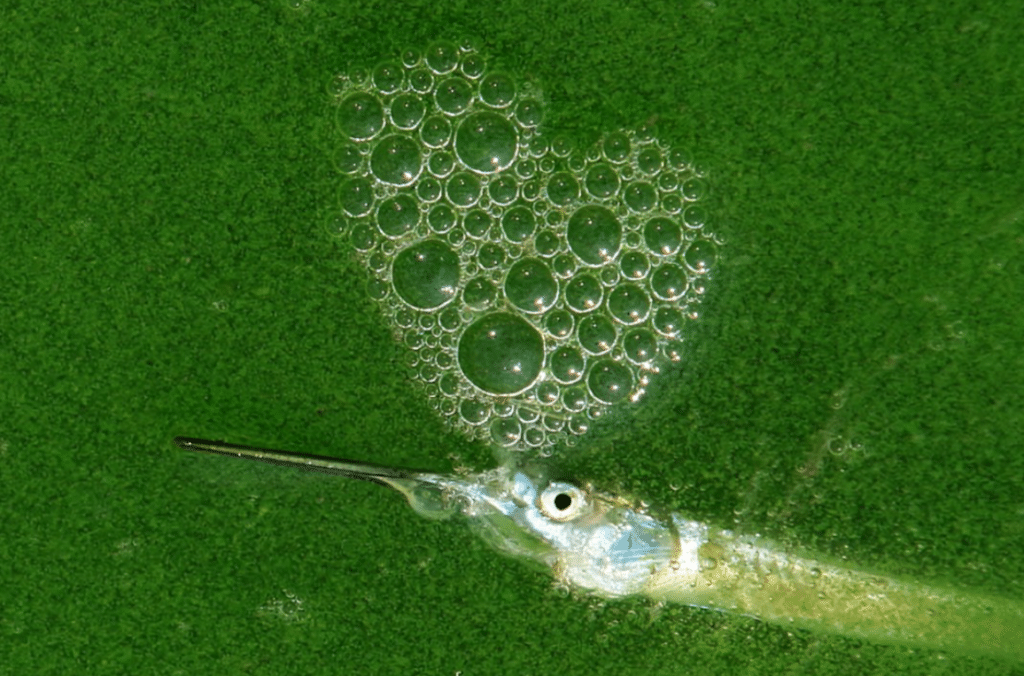
Nutrients
Nitrogen is a naturally occurring nutrient found in fresh and salt water. It is essential for plant growth in aquatic ecosystems. Problems arise when large amounts of nitrogen are introduced into river ecosystems. As a result, excessive algal growth may occur, depleting the available oxygen in streams on which fish and other aquatic life depend.
Viruses
Viruses are tiny biological structures that may be harmful to human health. Only a powerful electron microscope can see viruses. All viruses need a parasite to survive. Because viruses are small, they are able to pass through most filters. Certain waterborne viruses can cause hepatitis and similar health problems. Despite the difficulty of dealing with viruses, most water treatment facilities should be able to eliminate them during the disinfection process.
Summary
When you want to treat water and remove the various contaminants that may be present in your water, it can be useful to know the three main types of water quality parameters. Whether your water has high turbidity, low pH, or excessive nutrients, there are a range of water pollution solutions you can use to completely eradicate these problems. Detailed water quality monitoring solutions or water quality analysis product needs please contact Apure team, to bring you professional application selection and technical support.
More articles on water quality parameters:
Why is water quality important?
What is pH sensor & How does it work?
What is a TDS meter and what does it do?
What is salinity meter and how does it work?
